Canvas dimensions: 41 cm x 33 cm
Eugène Galien-Laloue (1854 - 1941) was a French painter and engraver, known for his urban landscapes of Paris. Born in Montmartre, he was trained by Léon Germain Pelouse, influenced by the Barbizon school. Orphaned by his father at 16, he left school to work, then enlisted in the war of 1870 by lying about his age. In 1874, he was employed by the railways and began to paint Parisian landscapes and villages in the Paris region. He became famous for his lively and atmospheric scenes, particularly wet sidewalks and views of Montmartre. He stayed in Fontainebleau, worked for a time at the Bateau-Lavoir, but preferred to paint alone. He married three times, always to Bardin sisters, and had two children. During the First World War, he produced numerous military scenes. He also painted Normandy, Marseille, Italy, and Venice. He had two studios in Montmartre before settling in Fontainebleau. In 1940, weakened by a fracture, he left for Bordeaux. He died in 1941 in Chérence and is buried there.
To circumvent his exclusive contract with his dealer, Eugène Galien-Laloue used the following pseudonyms: Léon Dupuy, Eugène Dupuy, Juliany, Eugène Galiany, Jacques Liévin, Eugène Lemaitre, Maurice Lenoir, Dumoutier, and A. Languinais.






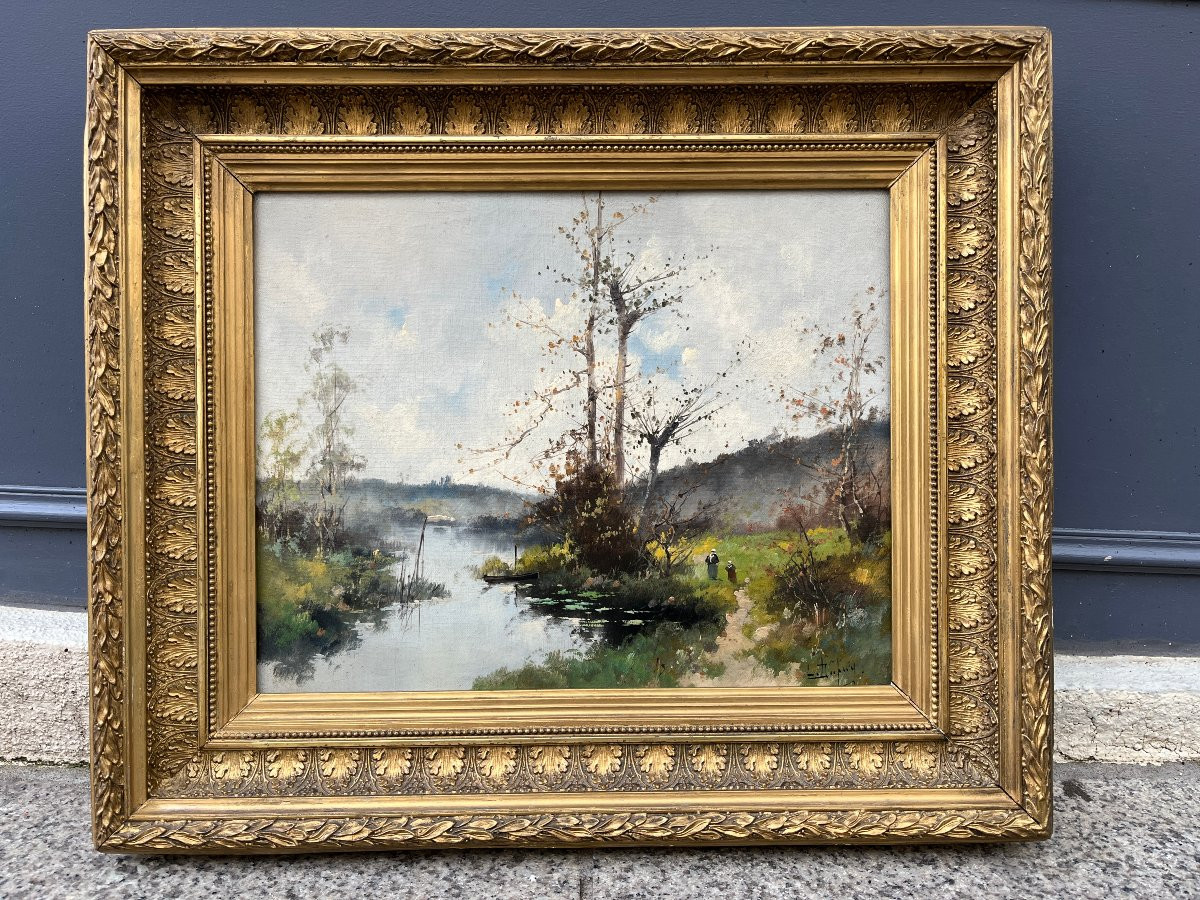










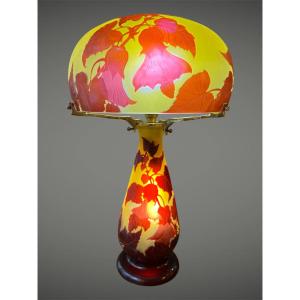





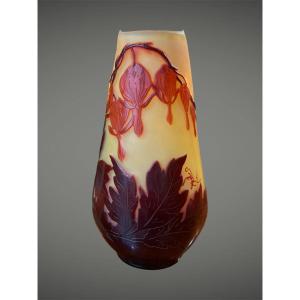

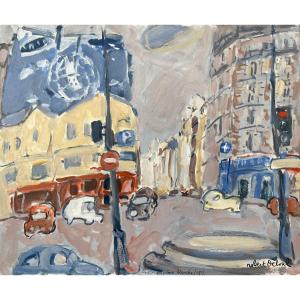




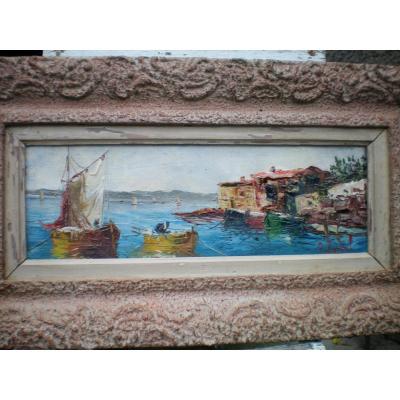
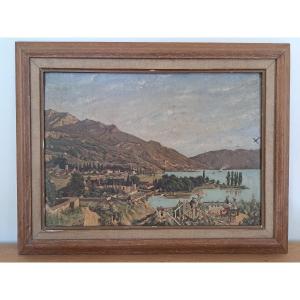





 Le Magazine de PROANTIC
Le Magazine de PROANTIC TRÉSORS Magazine
TRÉSORS Magazine Rivista Artiquariato
Rivista Artiquariato